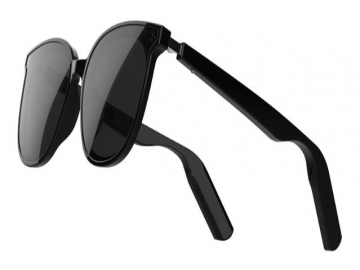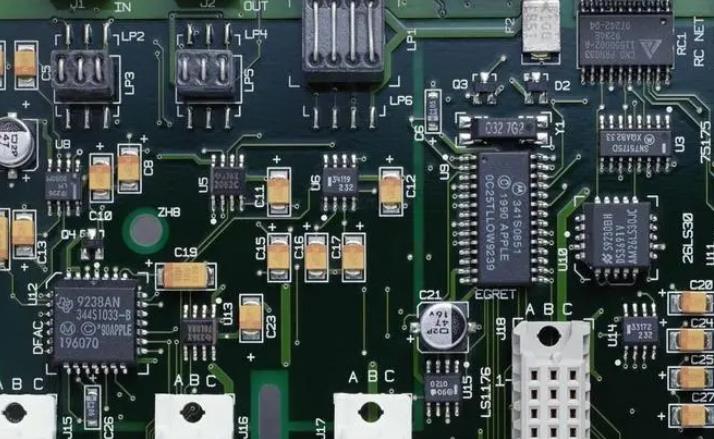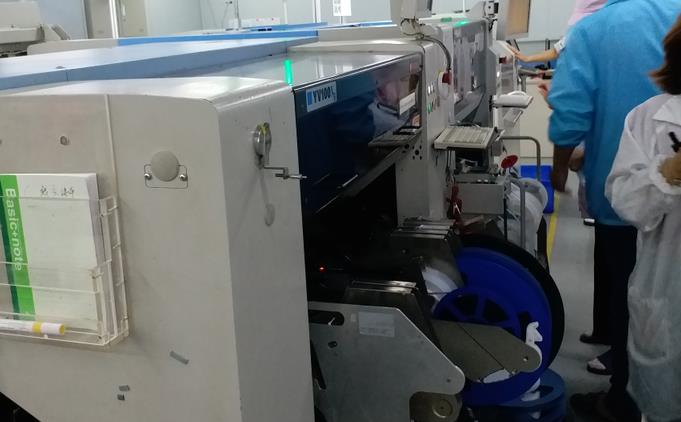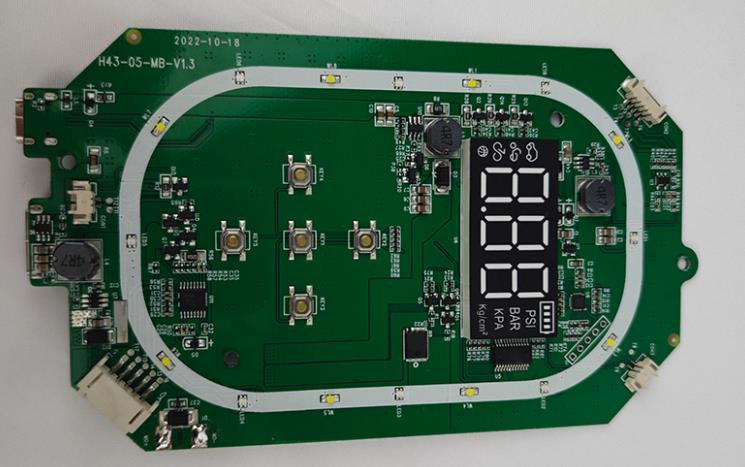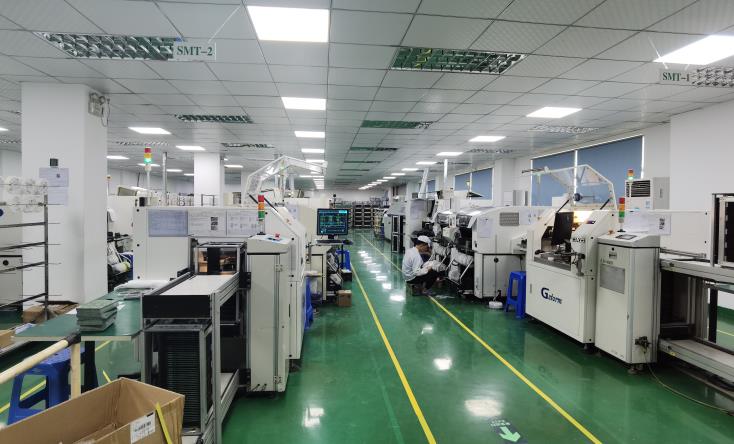The characteristics of OEM and ODM methods in the PCBA field
In the PCBA (Printed Circuit Board Assembly) domain, OEM (Original Equipment Manufacturer) and ODM (Original Design Manufacturer) approaches each exhibit unique characteristics that contribute to their suitability in various manufacturing scenarios.
OEM Approach in PCBA:
Delegation of Manufacturing: OEM involves the delegation of the entire design, manufacturing, and sales process of a product to another company. In the context of PCBA, this means that the OEM client specifies the design requirements and leaves the actual PCBA manufacturing process, including component sourcing and assembly, to the contract manufacturer.
Reduced Investment and Risk: By outsourcing PCBA production, OEM clients can avoid the significant investment required for manufacturing facilities, equipment, and inventory. This also reduces the risk associated with managing production processes directly, as the OEM manufacturer bears these responsibilities.
Flexibility and Efficiency: OEM partners often have extensive experience and expertise in PCBA manufacturing, enabling them to provide efficient and flexible production solutions tailored to the client's needs. This can lead to faster time-to-market and improved overall efficiency.
Quality Control: OEM manufacturers typically have robust quality control systems in place to ensure that the PCBA products meet or exceed the client's specifications and industry standards.
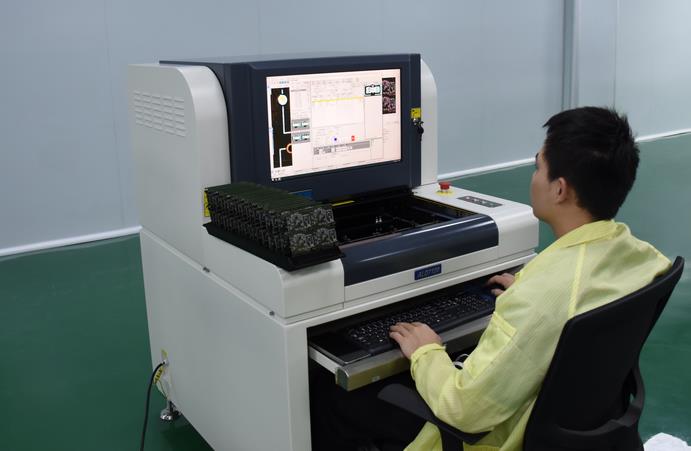
ODM Approach in PCBA:
Design Customization: ODM goes beyond mere manufacturing by incorporating original design capabilities. In PCBA, this means that the ODM manufacturer takes charge of designing the PCBA solution based on the client's specifications and requirements. This allows for greater customization and the creation of unique, tailored solutions.
Innovation and Differentiation: By offering design services, ODM partners can help clients differentiate their products in the market through innovative designs and features. This is particularly important in highly competitive industries where product differentiation is key.
End-to-End Solutions: ODM manufacturers often provide end-to-end solutions, encompassing everything from initial design concepts to final product assembly and testing. This streamlined process simplifies the client's role and enables faster product development cycles.
Intellectual Property Management: In ODM arrangements, managing intellectual property (IP) rights becomes critical. The ODM partner should ensure that any design innovations or unique features created for the client are adequately protected and that the client retains ownership of these IP rights.
In summary, both OEM and ODM approaches have their merits in the PCBA domain. OEM offers flexibility, reduced investment, and efficient manufacturing solutions, while ODM provides additional design capabilities, innovation, and the potential for product differentiation. The choice between the two depends on the specific needs and goals of the client, including factors such as time-to-market, budget constraints, and the desire for product customization and differentiation.
Prev: How to Get a Low-volume PCB Assembly Quote?
Next: Why does the PCBA industry concentrate in only a few countries and regions?


